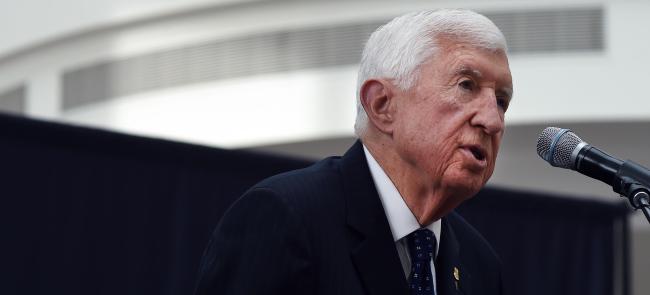
The Army has announced policy updates to two voluntary education programs for active-duty, National Guard and Reserve troops.
Service officials plan to cut stipends for the Army’s credentialing assistance program from $4,000 to $2,000 and preclude commissioned officers from using the benefit.
The credentialing program pays for courses and exams related to private-sector industry credential requirements.
It has been wildly popular. Army statistics quoted in published reports indicate more than 60,000 soldiers have used the program in the four years since its launch.
Meanwhile, the Army will boost its tuition assistance program from $4,000 to $4,500 annually.
The changes will help ensure the programs’ "long-term sustainability," said Christine Traugott, the policy manager for soldier education and transition with the office of the Assistant Secretary of the Army for Manpower and Reserve Affairs, in a Dec. 11 Army News Service press release.
They will also "bring the Army into closer alignment with how other services execute voluntary education programs and will preserve the benefits for soldiers who need them the most," she added.
The Army is implementing these changes in two phases. First, with a message released to the force Dec. 11. Second, with an updated Army regulation, projected to be released in 2025.
This policy update follows a review of both programs. Since its launch in 2020, the Army credentialing assistance program has nearly doubled in cost every year, Traugott noted.
"When you have a program increase exponentially over a four-year period, you are eventually going to blow your budget to the point where it won’t be available to anyone," she explained.
Traugott said the changes ensure the Army and its soldiers get a return on their investment.
The average cost of a credential is $1,700, while soldiers take an average of 1.5 credentials a year, according to the ASA (M&RA).
The Army anticipates the reduction in credentialing assistance will have minimal impact on enlisted soldiers, Traugott added.
The increase in tuition assistance brings the Army in line with the Navy and Air Force. It also allows soldiers to take more classes each year, giving them an opportunity to earn a degree faster.
When applying for educational benefits, enlisted soldiers need enough time left in their service to complete their program. Active-duty officers and warrant officers above warrant officer 2 incur a two-year service obligation for tuition assistance, while Guard and Reserve officers have a four-year obligation.
There is no service obligation when using credentialing assistance.
— By John Goheen












